Keeping your furry friend looking and feeling their best is an essential part of being a responsible pet owner. Regular grooming not only maintains your dog’s appearance but also contributes to their overall health and well-being. One of the fundamental aspects of dog grooming is brushing, which helps remove loose fur, prevents mats, and promotes a healthy coat. In this comprehensive guide, we’ll delve into the basics of brushing your dog, providing essential tips to ensure a successful grooming routine.
Contents Overview
Why is Brushing Important?
Brushing is a cornerstone of dog grooming, playing a crucial role in maintaining your pet’s overall health and well-being. Here’s a detailed exploration of why brushing is so important:
- Skin and Coat Health:
- Brushing stimulates the production of natural oils in your dog’s skin, which helps keep the skin moisturized and the coat healthy and shiny.
- These natural oils act as a protective barrier against environmental elements, preventing dryness, flakiness, and irritation.
- Reduction of Shedding:
- Dogs naturally shed their fur as part of the hair growth cycle. Regular brushing helps remove loose fur from your dog’s coat, minimizing shedding.
- By capturing loose hair before it ends up on your furniture, clothing, and floors, brushing helps maintain a cleaner and more hygienic environment in your home.
- Prevention of Matting:
- Mats occur when loose fur becomes tangled and matted together. They can form in areas where there is friction or moisture, such as behind the ears, under the legs, and around the tail.
- Brushing regularly prevents mats from forming by removing loose hair and detangling the coat. This not only keeps your dog looking tidy but also prevents discomfort and potential skin issues associated with mats.
- Stimulation of Blood Circulation:
- Brushing promotes blood circulation to the skin’s surface, which is beneficial for your dog’s overall health.
- Improved blood flow delivers essential nutrients and oxygen to the skin and hair follicles, promoting healthy hair growth and a vibrant coat.
- Bonding and Socialization:
- Brushing sessions provide valuable bonding time between you and your dog. It’s an opportunity to strengthen your relationship and build trust.
- Through gentle handling and positive reinforcement during grooming, you can help your dog associate grooming with love and care, enhancing their overall well-being.
- Early Detection of Skin Issues:
- Regular brushing allows you to closely examine your dog’s skin for any abnormalities, such as lumps, bumps, rashes, or parasites like fleas and ticks.
- Early detection of skin issues enables prompt intervention and treatment, preventing potential complications and discomfort for your dog.
- Temperature Regulation:
- Dogs rely on their coats for insulation, helping them regulate their body temperature in various weather conditions.
- Brushing removes loose fur and prevents the accumulation of excess hair, ensuring that your dog’s coat remains functional for both warmth in colder climates and cooling in warmer weather.
In summary, brushing is not just about aesthetics; it’s a fundamental aspect of responsible dog care that contributes to your pet’s physical health, emotional well-being, and the strength of your bond. By incorporating regular brushing into your grooming routine, you can help your canine companion look, feel, and live their best life.
Types of Brushes
When it comes to brushing your dog, choosing the right brush is essential for effective grooming. There are various types of brushes available, each designed to cater to different coat types and grooming needs. Here’s an in-depth look at the types of brushes commonly used for dog grooming:
- Bristle Brushes:
- Ideal for dogs with short coats, bristle brushes have densely packed natural or synthetic bristles.
- The firm bristles effectively remove loose fur, dirt, and debris from the coat while distributing natural oils for a healthy shine.
- Bristle brushes are gentle on the skin and suitable for regular grooming maintenance.
- Slicker Brushes:
- Slicker brushes feature fine, closely spaced wire pins set on a flat or slightly curved surface.
- These brushes are particularly effective for dogs with medium to long coats or those prone to tangling and matting.
- Slicker brushes penetrate deep into the coat to remove tangles, mats, and dead hair without causing discomfort.
- They help detangle and smooth the fur, leaving it soft, shiny, and free from knots.
- Undercoat Rakes:
- Designed for double-coated breeds, undercoat rakes have long, widely spaced teeth that penetrate the dense undercoat.
- These brushes are specifically designed to remove loose fur and reduce shedding by targeting the thick undercoat while leaving the outer coat intact.
- Undercoat rakes are effective for breeds such as Huskies, German Shepherds, and Golden Retrievers, which have a dense undercoat that sheds seasonally.
- Combination Brushes:
- Combination brushes combine different grooming tools into one, offering versatility for various grooming needs.
- Typically, one side of the brush features bristles for smoothing and distributing oils, while the other side may have pins or a rake for detangling and removing loose fur.
- These brushes are suitable for dogs with a variety of coat types, providing convenience and efficiency in grooming.
- Pin Brushes:
- Pin brushes feature widely spaced, rounded metal or plastic pins set on a cushioned base.
- These brushes are gentle on the skin and suitable for dogs with medium to long coats, especially those with curly or wiry hair.
- Pin brushes effectively remove loose fur and debris while stimulating blood circulation to promote a healthy coat.
- Rubber Brushes:
- Rubber brushes are made of soft, flexible rubber bristles or nubs attached to a handle.
- These brushes are gentle on the skin and ideal for dogs with short coats or sensitive skin.
- Rubber brushes effectively remove loose fur, massage the skin, and stimulate natural oil production.
Choosing the right brush depends on your dog’s breed, coat type, and grooming needs. Experimenting with different brushes can help you find the one that works best for your furry friend, ensuring a comfortable and effective grooming experience.
Essential Tips for Brushing:
Brushing your dog is not just about running a brush through their fur; it’s a process that requires care, attention, and proper technique to ensure your pet’s comfort and well-being. Here are essential tips to consider when brushing your dog:
- Start Early and Slowly Introduce Brushing:
- Introduce brushing to your dog at a young age to help them become accustomed to the process.
- Start with short brushing sessions and gradually increase the duration as your dog becomes more comfortable.
- Choose the Right Brush for Your Dog’s Coat Type:
- Select a brush that is appropriate for your dog’s coat length, texture, and density.
- Bristle brushes are suitable for short coats, while slicker brushes are ideal for medium to long coats prone to tangling.
- Brush in the Direction of Hair Growth:
- Brush your dog’s coat in the direction of hair growth to prevent discomfort and minimize breakage.
- Pay attention to sensitive areas such as the belly, armpits, and inner thighs, using gentle strokes.
- Be Gentle and Avoid Applying Excessive Pressure:
- Use a light touch when brushing to avoid causing discomfort or injuring your dog’s skin.
- If you encounter resistance or tangles, gently work through them instead of pulling or yanking on the fur.
- Establish a Regular Brushing Routine:
- Establish a consistent brushing schedule based on your dog’s breed and coat type.
- Short-haired breeds may require brushing once or twice a week, while long-haired breeds may need daily grooming to prevent matting and tangling.
- Check for Mats and Tangles Before Brushing:
- Inspect your dog’s coat for mats, tangles, or foreign objects before starting the brushing session.
- Use your fingers or a comb to gently work through any knots before using the brush to prevent discomfort.
- Use Positive Reinforcement and Rewards:
- Make brushing a positive experience for your dog by offering treats, praise, and affection during grooming sessions.
- Associate brushing with pleasant activities, such as playtime or a favorite treat, to encourage cooperation and reduce anxiety.
- Pay Attention to Your Dog’s Body Language:
- Observe your dog’s body language for signs of discomfort or stress during brushing.
- If your dog shows signs of agitation, take a break, and reassess your approach to grooming.
- Monitor for Skin Issues and Parasites:
- While brushing, inspect your dog’s skin for any signs of irritation, redness, lumps, or parasites such as fleas and ticks.
- Consult your veterinarian if you notice any abnormalities or concerns regarding your dog’s skin health.
- Stay Patient and Calm Throughout the Process:
- Grooming takes time and patience, so remain calm and patient with your dog, especially if they are not accustomed to brushing.
- Approach grooming sessions with a positive attitude and a gentle touch to create a relaxed and enjoyable experience for both you and your pet.
By following these essential tips, you can ensure that your dog’s brushing experience is comfortable, effective, and beneficial for their overall health and well-being. Regular brushing not only maintains your dog’s coat but also strengthens your bond with them through positive interaction and care.
Bottom Line
Regular brushing is a fundamental aspect of dog grooming that offers numerous benefits for both you and your furry friend. By understanding the importance of brushing and following essential tips, you can ensure that your dog’s coat remains healthy, shiny, and free from mats. Make grooming a positive experience for your canine companion by choosing the right brush, establishing a consistent routine, and providing plenty of rewards and affection. With proper care and attention, you can keep your dog looking their best while strengthening your bond with them.

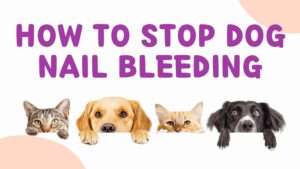
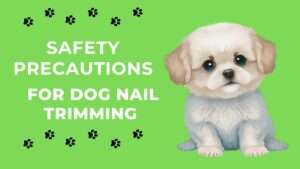
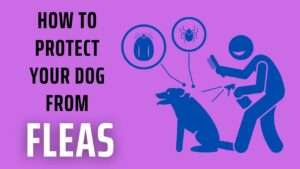
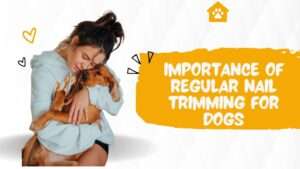
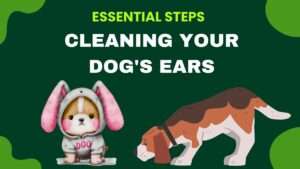
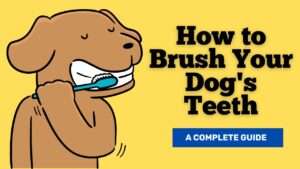
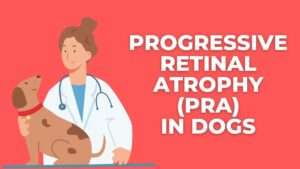

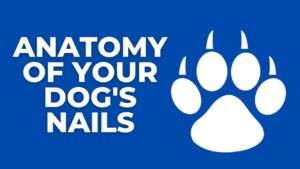
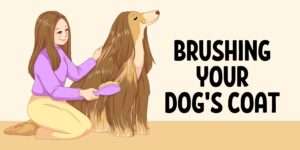

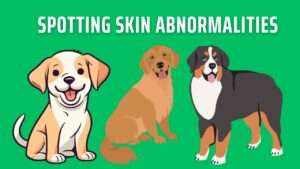
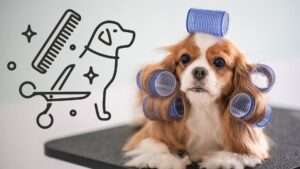
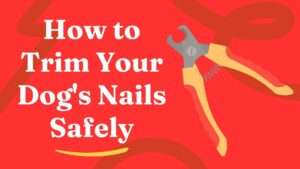

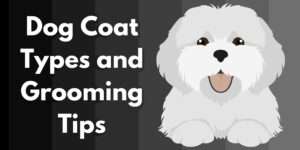
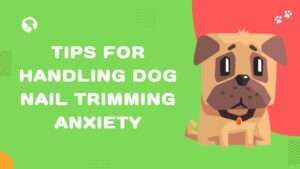
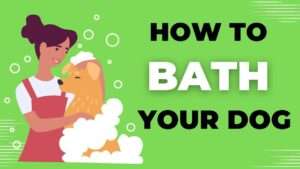
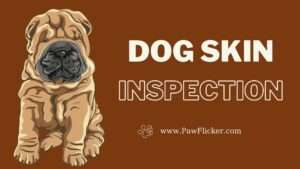
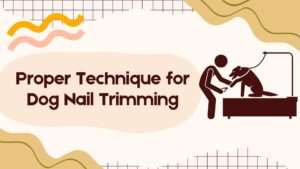
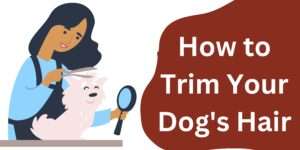
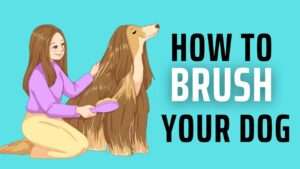







+ There are no comments
Add yours